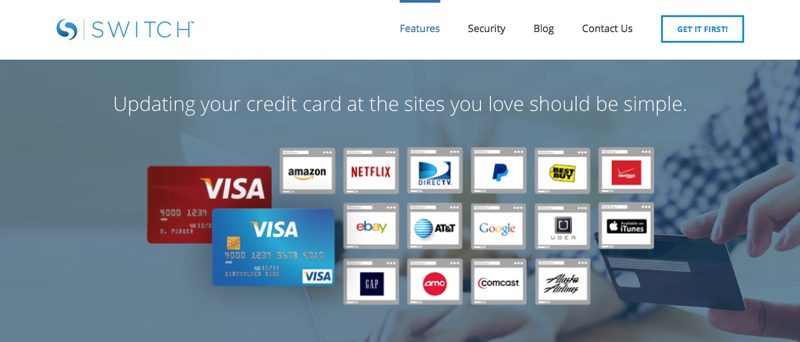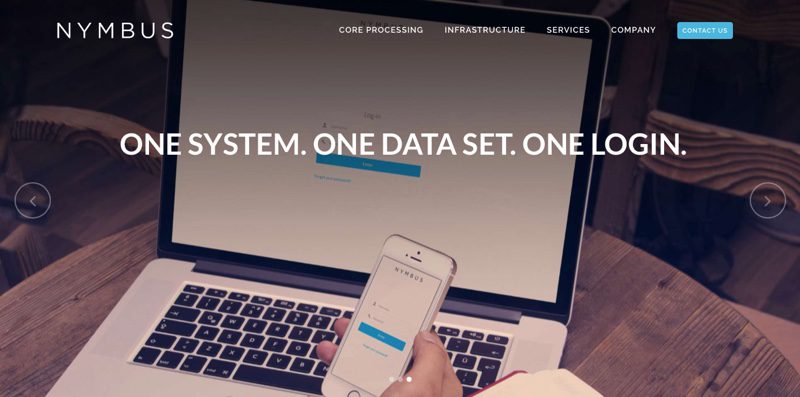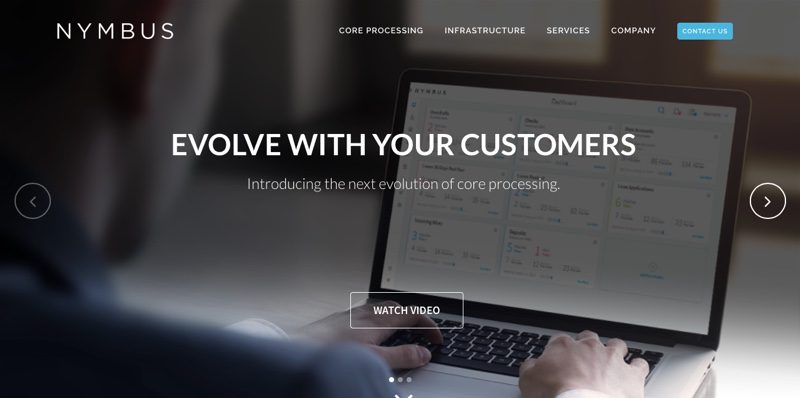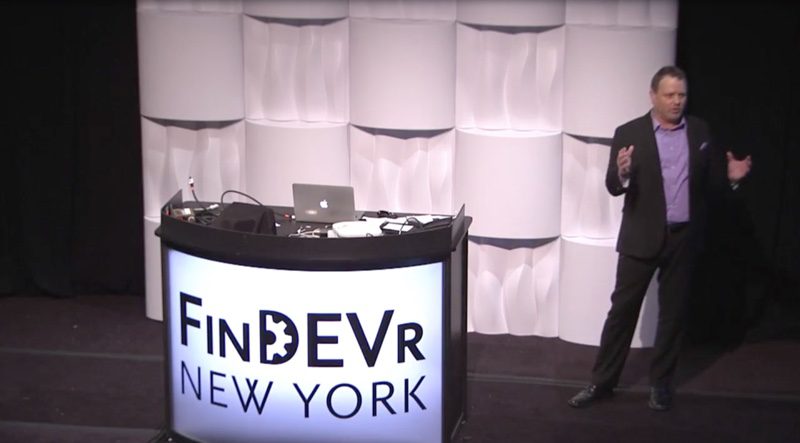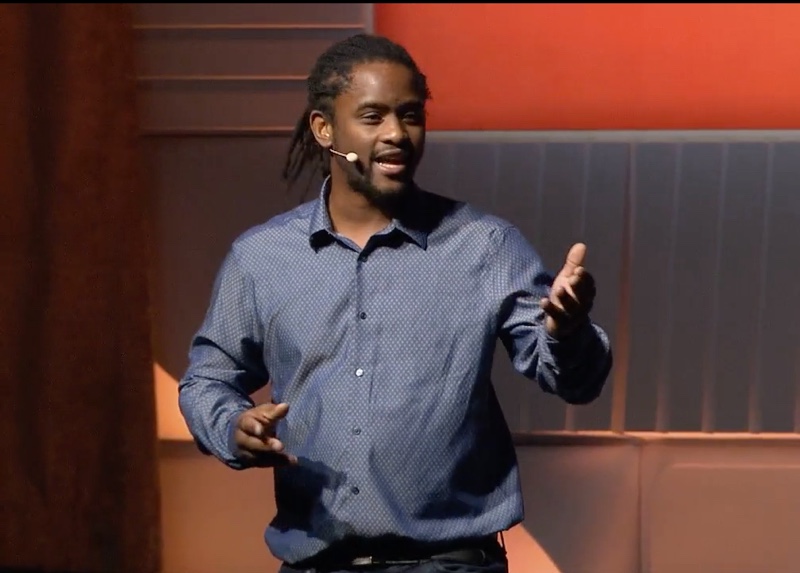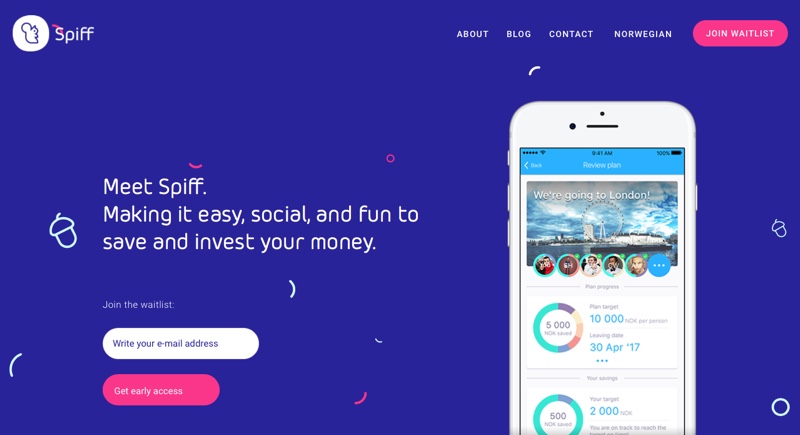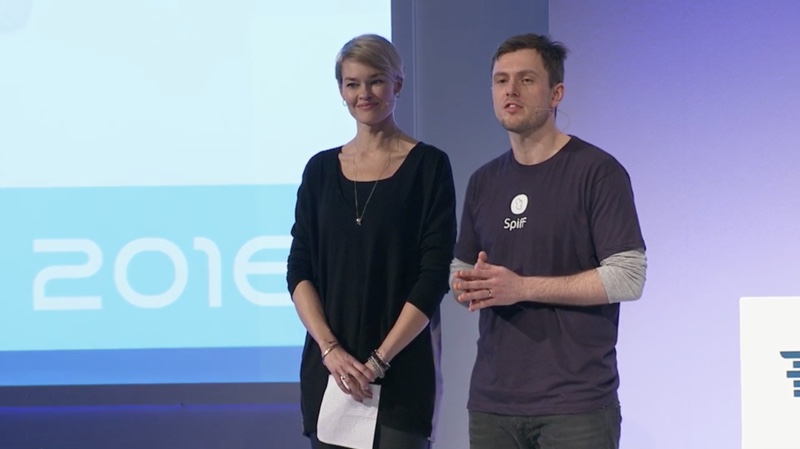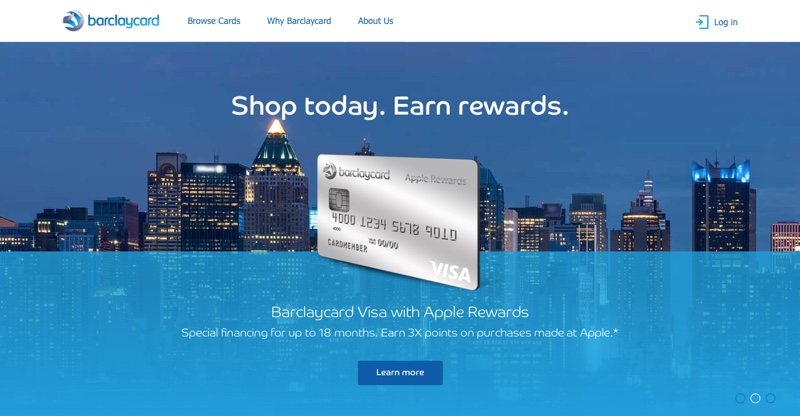
Barclaycard, making its FinDEVr New York debut in March, has figured out a way to make high-end jewelry pay. The card issuer announced a deal with fashion jewelry maker, DCK Group and another with technology innovator, Tappy Technologies, that will bring contactless payment functionality to the watches and other accessories sold at U.K.’s fashionable retailers such as Dorothy Perkins and Miss Selfridge.
The deal with DCK Group will add Barclaycard’s bPay chip to the company’s Tutch line of jewelry. The smaller and more flexible contactless chip can be fitted into a bracelet or a watch strap, turning a fashion accessory into a payment solution. Barclaycard’s partnership with Tappy Technologies brings its contactless payment technology – and network – to a company that specializes in turning watches into wearable payment devices.
“Our partnership with Barclaycard has allowed us to revolutionize the wearable tech market,” DCK Chairman Alan Witzenfeld said, “combining the knowledge and security of a major bank with the design and expertise of the best jewelery designers in the business to launch an affordable, functional, and desirable range of fashion-led jewelry.” Tappy CEO and founder Wayne Leung added, “Supported by its existing global customer network and influenced by the brand effect of Visa and Barclaycard, Tappy’s solution will open new horizons for the traditional watch and jewelry industry.” Barclaycard’s bPay technology is powered by Visa, which exhibited the technology this week at the Mobile World Congress in Barcelona, Spain.
This week’s deal is far from Barclaycard’s first foray into wearable technology. In the fall of 2015, the company partnered with U.K. retailer, Top Shop, to bring contactless payment functionality to smartphone cases, wristbands, key fobs, and stickers. Barclaycard also that fall announced a deal to launch a “contactless payment jacket” with Scottish knitwear maker, Lyle & Scott. Tami Hargreaves, Commercial Director for Digital Consumer Payments at Barclaycard credited the growth of contactless payments overall for driving both innovation and collaboration. “These partnerships show how the worlds of fashion and technology can combine to provide consumers with quick, easy, and convenient ways of making secure payments for £30 and under,” Hargreaves said. Since 2015, more than one million transactions valued at more than £6.6 million have been made using bPay-enabled wearable technologies.
Founded in 1966 as the first credit card in the U.K., Barclaycard made its U.S. debut in 2004 and launched its first mobile app for U.S. customers in 2011. Learn more about the company in our FinDEVr Feature with Barclaycard Vice President Premanand Chandrasekaran, and join Barclaycard this March for our first developer’s conference of the year, FinDEVr New York.



